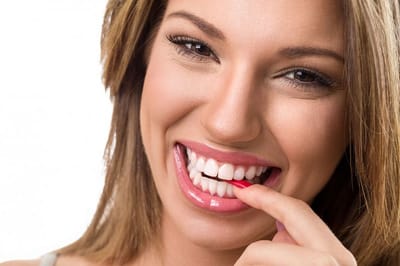Kim Dental Group
Because you need time for yourself.
About



Welcome to Kim Dental Group
We love creating beautiful smiles with an atmosphere of family!
Kim Dental Group provides exceptional dental care to our community. We dedicate ourselves to provide a clean, comfortable, and professional environment for our patients. Our highest priority is to create comfortable and exceptional experiences for our patients which consistently exceed their expectations. We are knowledgeable providers who keep abreast with the most current philosophies and methods.
Most of all, we are dedicated to providing healthy smiles to you and your family!
Kim Dental Group cares about you as an individual and your unique dental needs. It is important for us to listen and answer any of your questions to allow you to make informed decisions about your dental treatment. Your comfort is our goal. We utilize the gentlest approaches while providing the finest care. Call us at 888 876-7591 and start smiling today.
We love creating beautiful smiles with an atmosphere of family!
Kim Dental Group provides exceptional dental care to our community. We dedicate ourselves to provide a clean, comfortable, and professional environment for our patients. Our highest priority is to create comfortable and exceptional experiences for our patients which consistently exceed their expectations. We are knowledgeable providers who keep abreast with the most current philosophies and methods.
Most of all, we are dedicated to providing healthy smiles to you and your family!
Kim Dental Group cares about you as an individual and your unique dental needs. It is important for us to listen and answer any of your questions to allow you to make informed decisions about your dental treatment. Your comfort is our goal. We utilize the gentlest approaches while providing the finest care. Call us at 888 876-7591 and start smiling today.
Meet Dr.Li Kim
He has extensive experience in general and cosmetic dentistry, including full mouth restoration, dental veneers, crowns, bridges, dental implants, wisdom teeth extractions, Invisalign, and dentures.
Dr. Li focuses on creating comfortable and life-changing patient experiences. He believes that every patient deserves his rapt attention and time. He gives each patient the opportunity to ask questions and get all of the information they need to make informed dental care choices.
Learn more about the difference Dr. Li makes for his patients:
Contact Kim Dental Group for a consultation appointment today!
Services
Why do my teeth look dingy and yellowed?
Tooth discoloration occurs for different reasons. Some discoloration occurs deep inside the central portion of the tooth as a result of trauma or injury to the pulp, following a root canal procedure, or as a result of disease or long-term use of certain medications.
But most often, discoloration occurs in the superficial layers of the teeth as a result of consuming dark-colored foods and beverage, such as coffee, tea, red wine, berries and foods with artificial or natural food colorings. Also, sodas, energy drinks, and acidic juices can temporarily soften your enamel, making it easier for these superficial stains to penetrate your teeth.
Dr. Li can treat superficial types of discoloration can be treated with in-office and professional grade take-home whitening treatments.
How is professional teeth whitening performed?
There are two main approaches to professional teeth whitening.
In-Office Whitening
This approach uses a light-activated solution or gel that’s applied to the surfaces of the teeth. Once Dr. Li applies gel to the teeth, the light helps the gel reach deeper layers of the teeth surfaces for quicker results than take-home whitening products. Most in-office treatments take an hour or less to achieve truly dramatic results.
Take-Home Whitening Kits
The kits that Dr. Li provides use professional-strength whitening agents and special trays that are custom-made to fit your teeth. Take-home kits typically require you to wear the trays for 20 minutes or so each day for 2-4 weeks to achieve the best results. Take-home kits can also be used for “touch-up” treatments between in-office whitening sessions.
Is professional teeth whitening safe?
Yes, the products Dr. Li uses are completely safe. Prior to your treatment, he evaluates your teeth carefully, cleaning the surfaces to enable the whitening agent to penetrate more consistently. He can also address tiny cracks or cavities prior to whitening to reduce sensitivity.
Furthermore, teeth whitening doesn’t hurt, and there’s no need to numb your gums or use sedation. Some patients may experience mild sensitivity during treatment, but it resolves soon after the treatment ends.



